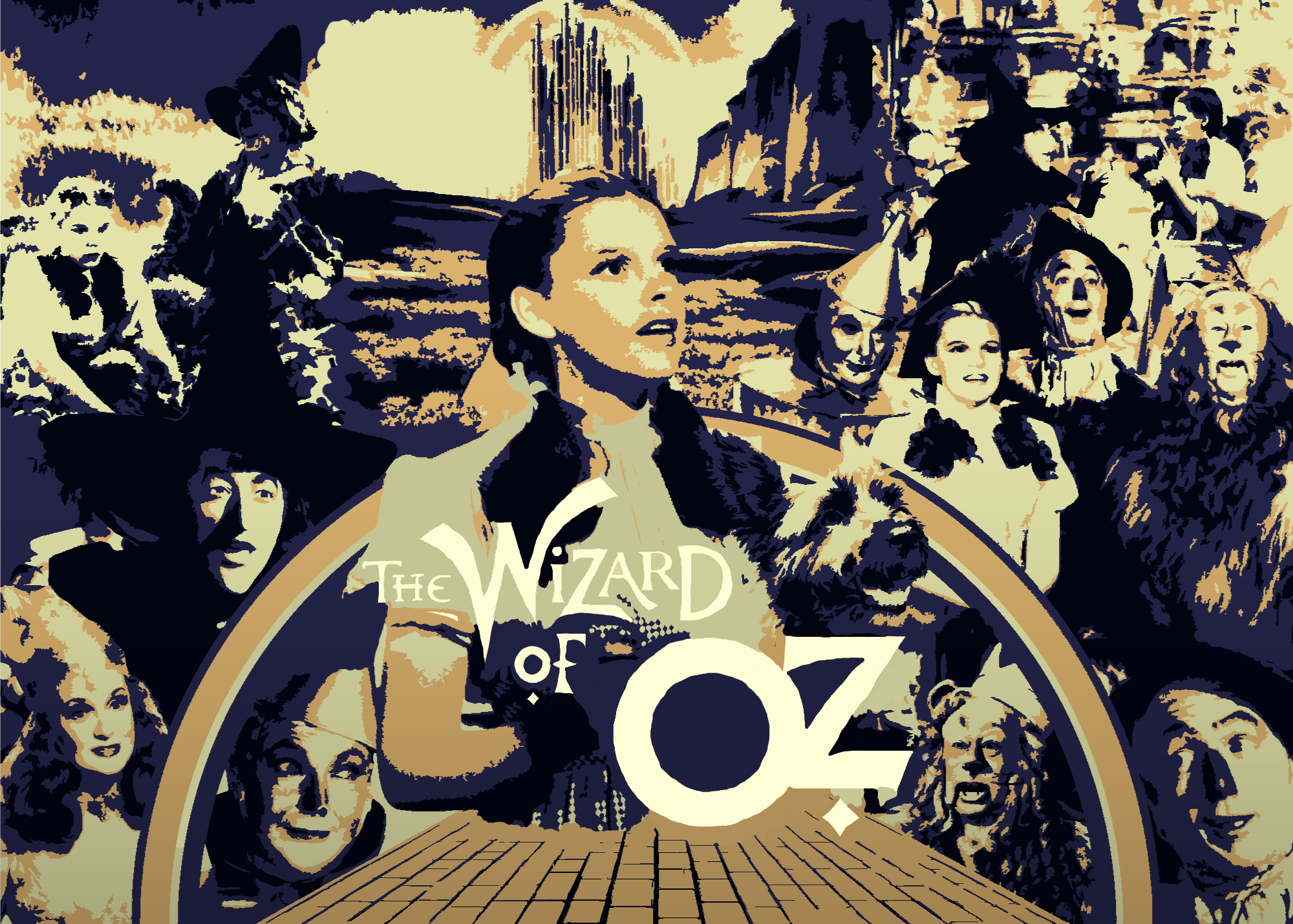"Avatar: The Way of Water" Review: A Triumph of Money, a Tragedy of Art
The long-awaited sequel is a feast for the eyes, but beyond that, it's skin and bones.
ModernOn November 23, 2022, three weeks before the release of Avatar: The Way of Water, the (sort of) long-awaited sequel to James Cameron’s 2009 megahit Avatar, flickeringmyth.com published an article discussing the original film’s having “zero cultural impact.” Released in 2009, Avatar ushered in a lucrative but divisive era of 3-D filmmaking en route to notching nine Academy Award nominations and becoming the highest-grossing film ever made, surpassing Titanic, another Cameron blockbuster.
Of course, all the money in the world ($2.79 billion, in the case of Avatar’s original theatrical run) can’t leave a lasting impression. We can remember its global gross, Best Buy pushing 3D televisions, and the endless jokes about the similarities with Dances with Wolves, but what about the actual movie? After all, your local Alamo Drafthouse (which, go to your nearest Alamo Drafthouse immediately) prefaced showings of The Way of Water with a tongue-in-cheek recap of the first film, ensuring we’re all caught up on all the names, places, and events that will come into play as we revisit Pandora 13 years later. Such rehashing would never have been necessary for Star Wars or even Titanic (if that amazing sequel trailer were ever to come to fruition).
Thus, Avatar occupied an intriguing place in the cultural fabric heading into The Way of Water’s December 2022 release. No, not the same tired discussion of whether or not it actually holds any cultural significance: it doesn’t, and no one will ever reference it, quote it, or remember it fondly in the same vein as other franchise kickstarters. It was not a question of finances; after we collectively predicted Titanic would be the biggest bomb in Hollywood history and that Avatar would buckle under the weight of its ambition only for both to become the highest-grossing films in history, wagering against Cameron was a fool’s bet.
It was instead a question of whether the audience, even though they would predictably rush to the theaters in droves, would find something new and refreshing on which to cling, an appreciation for everything Avatar offered 13 years ago that it can only improve upon as technology improves.
The answer? No.
Interestingly, The Way of Water suffers primarily due to the law of diminishing returns. Cameron has spent nearly four decades astonishing audiences, from the release of The Terminator in 1984 to this latest box office triumph, which recently surpassed $2 billion at the global box office. We’ve always predicted Cameron would fail, and every time he’s risen to the challenge and accomplished the unfathomable. We know what he can do from behind the camera; at a certain point, that stops being an inspiration. The T-1000 was a watershed effects achievement, the sinking of RMS Titanic a masterclass, and the floating mountains of Pandora a feast for the eyes. Eventually, we stop getting awed by someone who spends their whole career doing that at the expense of everything else.
No one could question the visual beauty of The Way of Water; it’s the first film to accomplish motion capture scenes underwater, a groundbreaker Cameron took three years of filming to achieve. Alas, past the initial onslaught of “Ooos” and “Aaahs,” we get left reeling from a major case of deja vu… and not all of it is good. After all, it's not as though Cameron is known for making movies that are ridiculously long but could get told in five seconds.
All of the technical wizardry in the world cannot salvage the other familiar Cameron signatures, like derivative storylines and piss-poor dialogue. As such, The Way of Water is a visual Thanksgiving turkey accompanied by a bevy of questionable side dishes. We are not in the kitchen of a master chef, only one that has perfected proteins while letting everything else fall by the wayside. Countless excuses could get made for the linguistics of Jake Sully’s adolescent offspring, but none would suffice.
Jake has elected to leave the human world behind and become one with the Na’vi after battling the vicious “Sky People” and forsaking their heresy, yet raised all of his boys to speak with the same antiquated frat bro military jargon that completely conflicts with the people to whom he’s sworn his life. It is not a careful choice by a skilled writer but a misunderstanding of young people by a man whose idea of adolescence is neck-deep in the past. Jake is one with the people... except not at all.
Therein lies the rub: Pandora has gotten built, and The Way of Water offers a lateral expansion as the Sullys flee the forests for the shores, but have we gone deeper? Do we understand the nature of a fractured planet and what obstacles must get overcome to unify it? No, we get a simplistic “Us vs. them,” an alliance and ultimate togetherness born only from necessity. Do we dive into the personal dynamic between Jake and Neytiri, the very foundation for the family meant to inspire our care and concern? No, Neytiri might as well be absent entirely, save a few arrows at the bioluminescent beginning and some wailing at the end.
It makes it difficult to care about all the things Cameron intends for us to care about, like Kiri, perhaps the most unsettling character in a film for decades. The teenage daughter of Jake and Neytiri, born from the avatar of Grace Augustine, the scientist integral to the first film’s story. Since she is played by Augustine’s originator, Sigourney Weaver, Kiri has the attitude of an adolescent but the voice and mannerisms of a 70-year-old woman. She is the vessel for us to learn “the way of water," but her screen presence is so jarring that any scene with her at the center is uncomfortable viewing. She feels unnatural, just like, thanks to the contrivances Cameron often features in his films, the rest of her family.
The Way of Water is more visually polished than its predecessor and thus has a flair that time has allowed technology to convey, but what of it? Do we keep crediting a man who does something so perfectly time and again while refusing to improve upon his craft in other ways, or at least delegate the responsibilities? The dialogue is as stilted as ever, the pacing glacial and uninvolving, the story bland and scattershot, and the franchise foolish enough to believe that rallying the troops we never cared about in the first place is enough to compensate for all the flaws.
Few films frustrate like the ones that leave us with very little to say; Cameron has never been one for deeper meaning, and that has rarely proven an issue. Not every film needs to explore the human psyche or tackle philosophical questions about the universe and our place in it. Sometimes, a movie works best as what it intends and nothing more. Unfortunately, without even a hint of a second dimension, Cameron’s follow-up feels like a gorgeous but fruitless endeavor.
He intends Avatar to be the franchise of a generation; from a financial perspective, nothing seems poised to stop him. The first film shattered box office records en route to becoming the highest-grossing film ever made and has made nearly $3 billion worldwide. The Way of Water sits at $2.128 billion globally, locked in a duel with Titanic for the number 3 spot on the all-time list. The sequels, set to be released in 2024, 2026, and 2028, will no doubt match or surpass these colossal numbers.
Alas, a critic's task is not to marvel at the money but inquire about the art. Does this mean dissecting every minute detail like Einstein splitting the atom? No, that would be similarly lacking in value. It does, however, mean that if something is staring us plainly in the face, it cannot get ignored. We cannot pretend that after 192 minutes, we are unsure what “the way of water” actually is and that none of the characters Cameron was so intent on bringing back feel any more developed than they did after the first film. We cannot ignore that his archaic notions of gender dynamics relegated the Sully daughters to lesser roles as the males stand front and center, in the thick of the action, making the word “bro” more commonplace than a Sammy Sosa home run in the summer of ‘98.
It’s the law of diminishing returns, and its principles never die. Cameron is a visionary and always will be; at a certain point, in a world inundated with visual effects extravaganzas, even a return by the master of his craft won't impress if every one of his inadequacies is still present. The Way of Water re-taught the world not to bet against Cameron, and maybe that’s good enough. Until Avatar 3 gets released, it’s going to have to be.
.png)
51
Director - James Cameron
Studio - 20th Century Studios
Runtime - 192 minutes
Release Date - December 16, 2022
Cast:
Sam Worthington - Jake Sully
Zoë Saldaña - Neytiri
Sigourney Weaver - Kiri Sully
Stephen Lang - Colonel Miles Quaritch
Kate Winslet - Ronal
Jack Champion - Spider
Britain Dalton - Lo’ak Sully
Edie Falco - General Frances Admore
Editor - Steven Rivkin, David Brenner, John Refoua, James Cameron
Cinematography - Russell Carpenter
Screenplay - James Cameron, Rick Jaffa, Amanda Silver
Score - Simon Franglen

%20(13%20x%206%20in)%20(13%20x%204%20in).png)




































.png)






.png)